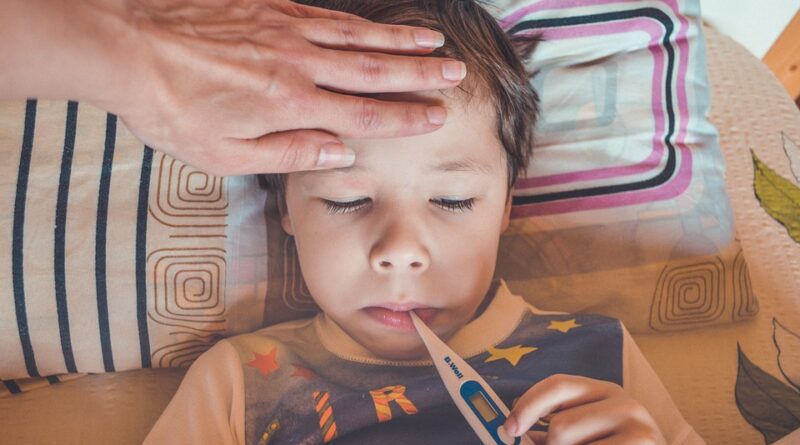RSV: A Complete Guide 2023
RSV is a prevalent virus that may affect both adults and children. By their second birthday, almost every kid would have been infected with RSV. Depending on a person’s immunity, RSV can cause a moderate to severe illness, necessitating outpatient hospital visits or hospitalization. There are currently no vaccines to prevent RSV infection or reduce RSV-related death. Mild cases of RSV necessitate home care and over-the-counter (OTC) drugs and often resolve within a week or two.
The Respiratory Syncytial Virus Symptoms
Four to six days following exposure to the virus, symptoms begin. The Respiratory Syncytial Virus produces mild cold and influenza-like symptoms in adults and older children, including:
- Congestion of the nose or a runny nose
- Sneezing
- Wet cough
- Low-level fever (less than 100 degrees F)
- painful throat
- Headache
Among the symptoms and signs of severe RSV are:
- Fever
- Extensive coughing and wheezing
- Trouble in respiration
- Blue-tinged skin owing to lack of oxygen
How is this virus transmitted?
Respiratory Syncytial Virus is easily transmitted by contaminated airborne droplets and enters the body through the eyes, nose, or mouth. You can contract this infection if a person with the infection coughs or sneezes in close proximity to you. This virus can also be transmitted by direct contact, such as shaking hands with an infected person.
The respiratory syncytial virus may also survive for several hours on surfaces and objects. You can get the virus by touching these contaminated surfaces with your hands and then placing them on your nose or mouth.
Virus-infected individuals are often infectious during the first week following infection.
How is RSV identified?
Although the signs and symptoms of a Respiratory Syncytial Virus infection are similar to those of the common cold and influenza, your physician may do a comprehensive physical examination and order testing.
Examples include:
- Normal blood testing
- Chest X-ray to evaluate lung congestion and inflammation
- Swab testing from the inside of the nose or mouth generate PCR test samples.
- Measurements using pulse oximetry to estimate blood oxygen levels

